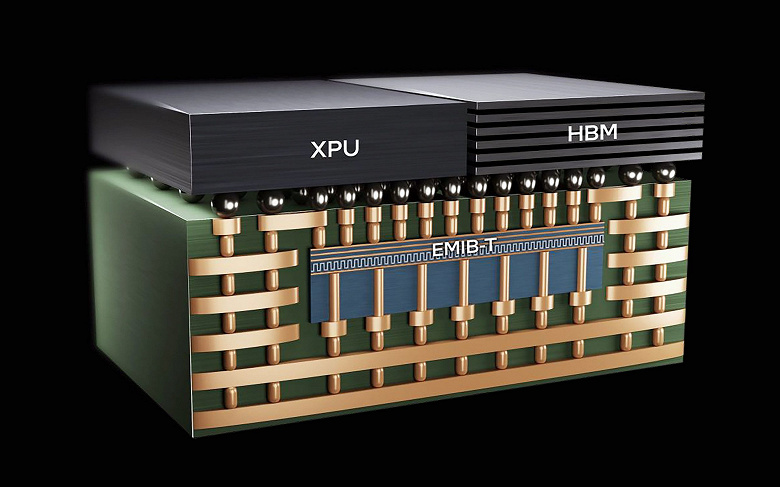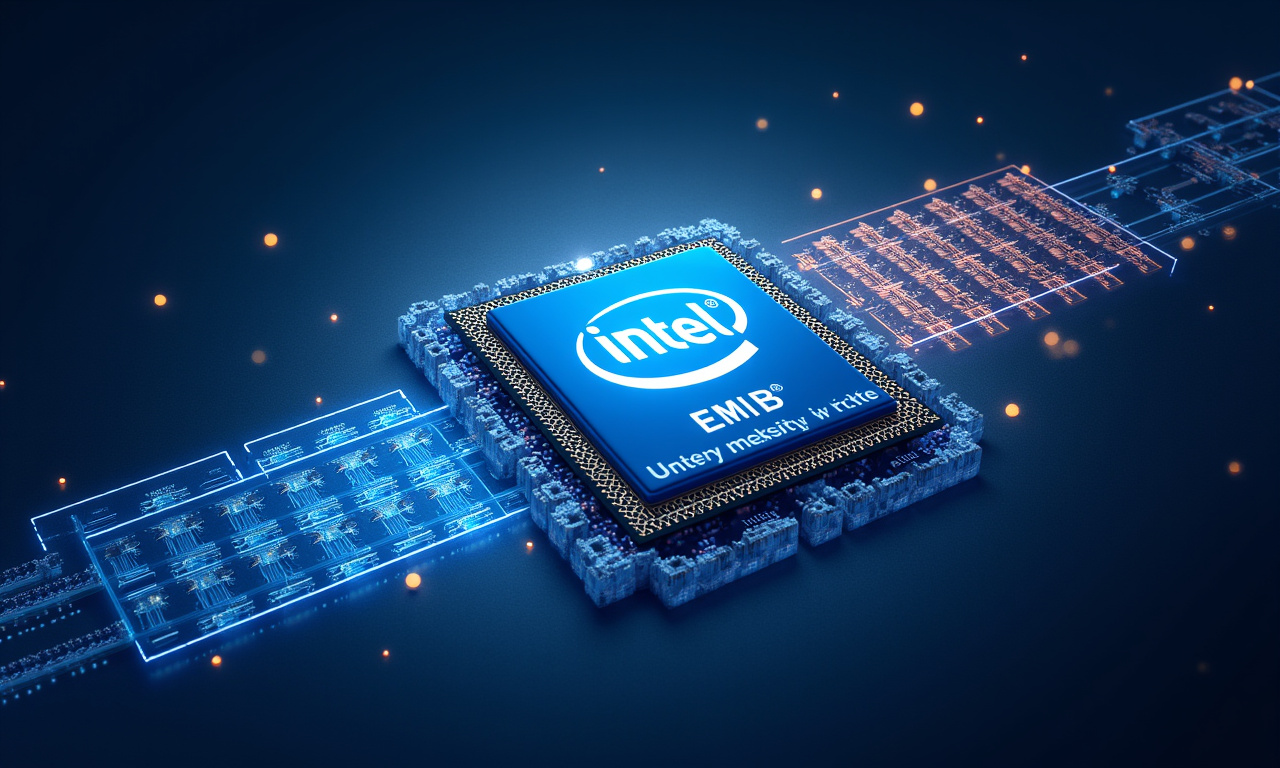Intel is struggling to captivate major market players with its new process technologies. However, it appears there is intrigue around its alternative innovation. Both Qualcomm and Apple seem to be interested in Intel’s EMIB (Embedded Multi-Die Interconnect Bridge) packaging technology.

This interest is evident from job listings by Qualcomm and Apple. Both tech giants are recruiting experts specifically familiar with this advanced Intel packaging technology. Apple is on the lookout for a DRAM packaging engineer who has experience with cutting-edge packaging technologies like CoWoS, EMIB, SoIC, and PoP. This indicates that Apple’s interest is not limited to Intel’s development alone. Qualcomm, on the other hand, is searching for a Director of Product Management for their Data Center division with expertise in Intel’s EMIB.
EMIB technology has drawn attention due to its unique capability to connect multiple chiplets in a single package using a small, embedded silicon bridge, eliminating the need for a bulky interposer. This distinguishes Intel’s technology from the widely used TSMC CoWoS technology. Intel also provides the Foveros Direct 3D packaging technology based on EMIB, allowing chiplet placement on a base die using TSV.
Interestingly, EMIB’s modularity allows for versatile integrations, marking it as a potentially transformative force in semiconductor design. Notably, this positions Intel as a formidable player in advanced packaging, challenging the current market leader, TSMC.
The EMIB’s adoption offers potential benefits, such as enhanced performance and reduced form factor-a critical edge over TSMC’s CoWoS. Meanwhile, Qualcomm and Apple’s potential collaboration with Intel reflects a strategic pivot, possibly leveraging this technology for future products.
With technology advancing at a rapid pace, the semiconductor sector continues to witness significant shifts. Industry analysts suggest that Intel’s EMIB might offer scalable solutions for more efficient high-performance computing systems, a crucial factor for companies focusing on innovation-led growth. As 2025 progresses, these developments could herald a new era of technological advances.









